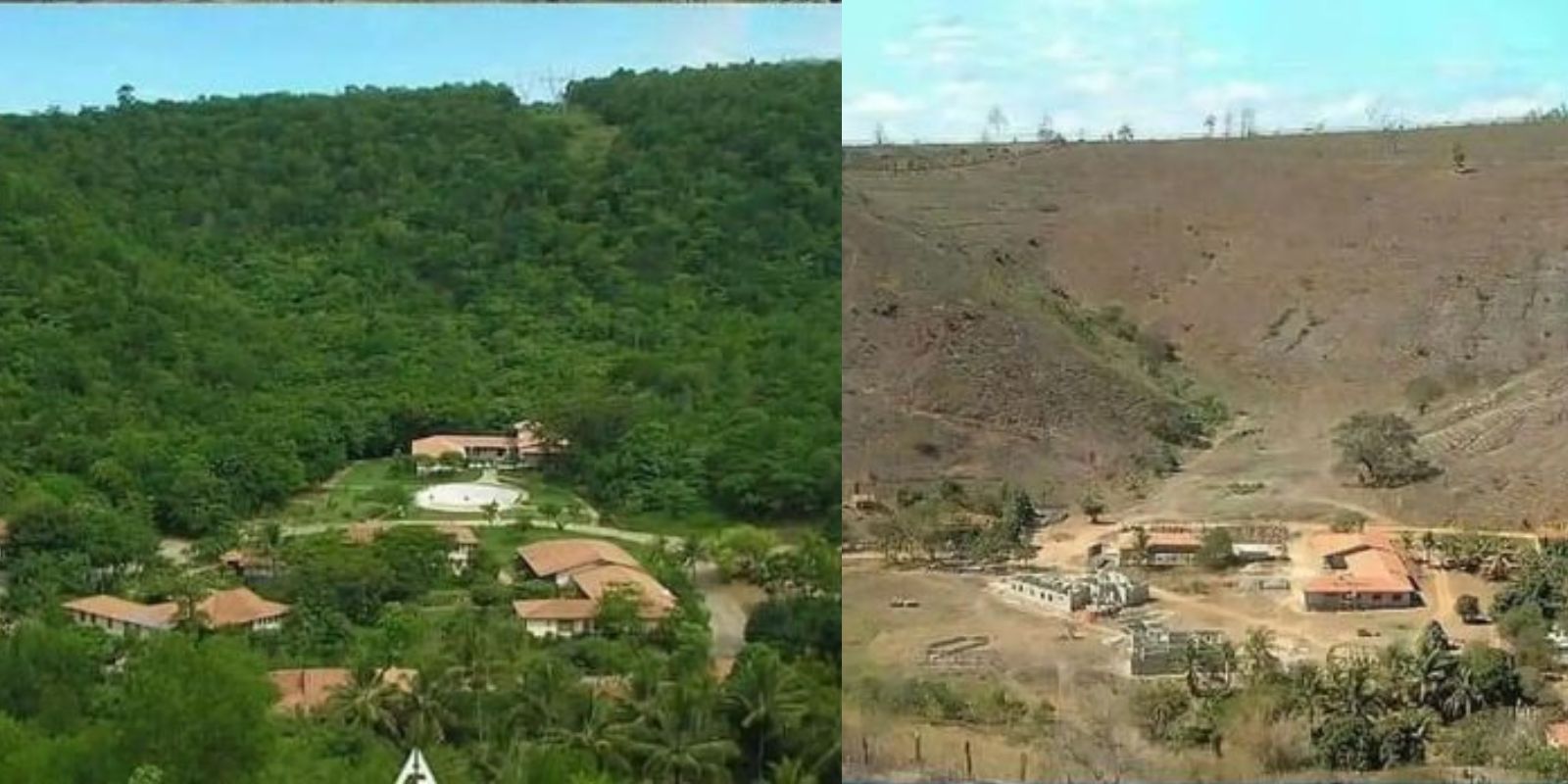Introduction
In recent years, a notable environmental shift has taken place, leading to the resurgence of wildlife in areas where they had once disappeared. From majestic deer to vibrant birds and industrious frogs, animals are returning to regions they once abandoned. This phenomenon is not merely a hopeful sign but a testament to the effectiveness of conservation efforts and the resilience of nature. This article explores why and how this remarkable comeback is occurring, and how we can contribute to these positive changes.
Understanding the Importance of Wildlife Return
The return of wildlife to formerly abandoned or degraded areas signifies a healthier, more balanced ecosystem. It reflects improvements in environmental conditions and is often a direct result of successful conservation and restoration efforts. Wildlife plays a crucial role in maintaining ecological balance. They contribute to pollination, seed dispersal, pest control, and even soil health. Their presence indicates that these natural systems are regaining their functionality and resilience.
The Role of Habitat Restoration
One of the primary factors contributing to the return of wildlife is habitat restoration. Over the past few decades, conservationists, governments, and local communities have been working tirelessly to rehabilitate and restore natural habitats. This involves:
- Reforestation and Afforestation: Planting trees in deforested areas helps recreate the complex ecosystems that many species depend on for survival. Trees provide shelter, food, and breeding grounds for a variety of wildlife.
- Wetland Restoration: Rehabilitating wetlands and water bodies helps support species that rely on these environments for breeding, feeding, and shelter. Restored wetlands can also help with flood control and water purification.
- Removing Invasive Species: Invasive species often outcompete native plants and animals, leading to habitat degradation. By removing these invaders, native species have a better chance of thriving.
- Improving Connectivity: Creating wildlife corridors and connecting fragmented habitats allows animals to move freely between areas, access resources, and breed, thus supporting population growth and genetic diversity.
Creating Habitats at Home
You don’t need to be a conservationist to help wildlife. Simple actions at home can make a significant difference. Here’s how you can contribute:
- Plant Native Vegetation: Choose native plants for your garden as they provide food and shelter for local wildlife. Native species are adapted to the local climate and soil, making them easier to maintain and more beneficial for local wildlife.
- Provide Water Sources: Installing birdbaths, small ponds, or water features in your garden can provide essential hydration and attract a range of wildlife, from birds to insects.
- Avoid Harmful Chemicals: Pesticides and fertilizers can be harmful to wildlife. Opt for organic gardening methods and use natural pest control methods to keep your garden healthy and wildlife-friendly.
- Create Shelter: Installing bat boxes, birdhouses, and bee hotels can offer crucial shelter and nesting sites for various species. These structures can support wildlife that may otherwise struggle to find suitable habitats.
Supporting Conservation Efforts
Supporting broader conservation efforts is crucial for sustaining wildlife recovery. Here’s how you can get involved:
- Volunteer for Local Conservation Projects: Many organizations run volunteer programs focused on habitat restoration, wildlife monitoring, and environmental education. Your time and effort can make a significant impact.
- Donate to Conservation Organizations: Financial support helps fund important research, habitat restoration, and protection initiatives. Consider donating to organizations dedicated to wildlife and environmental conservation.
- Advocate for Environmental Policies: Support and advocate for policies that protect natural habitats and wildlife. This can include lobbying for stronger environmental regulations, participating in community planning efforts, and raising awareness about conservation issues.
Reducing Pollution
Pollution has a detrimental effect on wildlife and their habitats. By reducing pollution, we can help create healthier environments for animals to thrive. Here are some steps to minimize your environmental footprint:
- Reduce Waste: Practice recycling, composting, and minimizing single-use plastics to decrease waste that can end up in natural habitats.
- Conserve Energy: Use energy-efficient appliances, reduce electricity use, and consider renewable energy sources to decrease pollution from energy production.
- Support Clean Transportation: Opt for public transportation, carpooling, or electric vehicles to reduce air pollution and its impact on wildlife.
Educating and Advocating
Raising awareness about wildlife and habitat conservation can inspire others to take action. Share information about the importance of wildlife and habitat restoration with your community. Engage in educational programs, support school projects focused on environmental science, and use social media to highlight conservation successes and challenges.
Conclusion
The return of wildlife to areas once considered inhospitable is a powerful reminder of nature’s resilience and the positive outcomes of our conservation efforts. By understanding the importance of this resurgence and taking proactive steps to support and enhance wildlife habitats, we can contribute to a thriving environment for all species. From making changes at home to supporting larger conservation initiatives, every action counts in helping to ensure that wildlife continues to return and flourish.
Motivational Sentence:
Embrace the opportunity to make a difference by supporting and creating habitats that welcome wildlife back into our world. Your actions today can contribute to a future where nature and animals thrive together! 🌿🦌🌍

